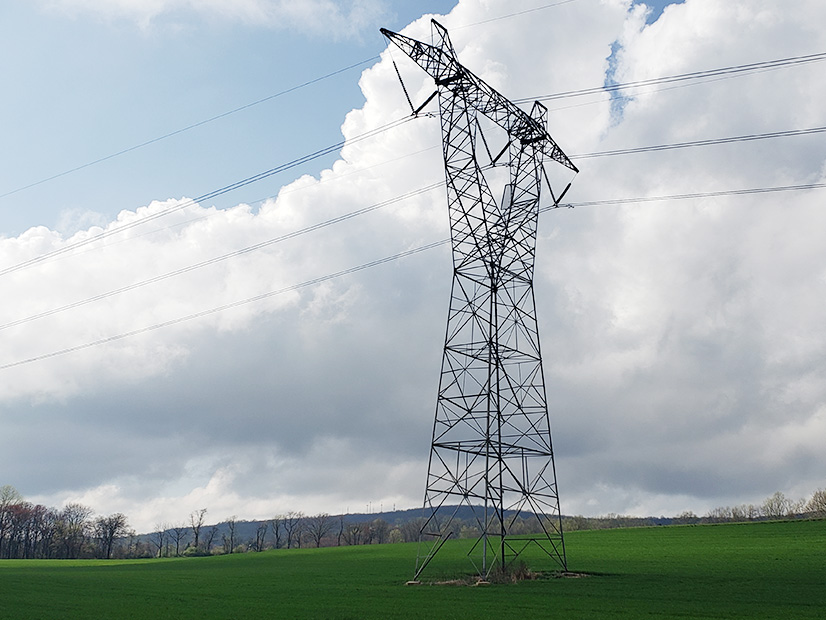FERC last week ordered show-cause proceedings for Commonwealth Edison’s (NASDAQ:EXC) formula rate protocols, saying that they may not provide adequate transparency and lack a proper framework for challenging rates (EL23-31).
The commission found ComEd’s protocols deficient in that they do not specify who can request information from transmission owners and what has to be provided in response, holding the utility to standards imposed by a 2012 order on MISO’s protocols. The commission has since opened proceedings on formula rate protocols regularly, seeking to ensure they are compliant with the provisions laid out in the MISO order. (See related story, PSCo, Idaho Power Comply with Show-cause Order.)
FERC said ComEd may not be meeting several of the disclosures the MISO order requires, including accounting practices for items where the commission hasn’t provided specific direction, changes in tax elections and correcting of errors and prior date adjustments. It also said there does not appear to be adequate detail on various types of costs, requirements on documents requests, and the identification of transactions related to mergers and how they may affect formula rates.
The MISO order also requires that the updated filing with FERC must follow an informational exchange period with interested parties, but the commission said ComEd’s protocols may not require an adequate time frame. The utility’s definition of which parties can participate in the review process may also be insufficient by not providing enough clarity.
The provisions for challenging formula rates may also be inadequate, FERC said, by not containing enough information about which parties can informally challenge the proposed inputs and how that challenge can be converted to a formal challenge with the commission if a resolution cannot be found. The order also says that the protocols do not contain enough clarity that such challenges are pursuant to the protocols themselves, rather than rule 206 of its Rules of Practice and Procedure.
ComEd has 60 days to respond to the order to either defend its protocols by showing how they comply with the commission’s requirements or to detail the changes it believes would be necessary to address the issues laid out in the order. Comments will be accepted within 21 days of the utility’s response to address whether the rates are just and reasonable or to suggest possible changes.



